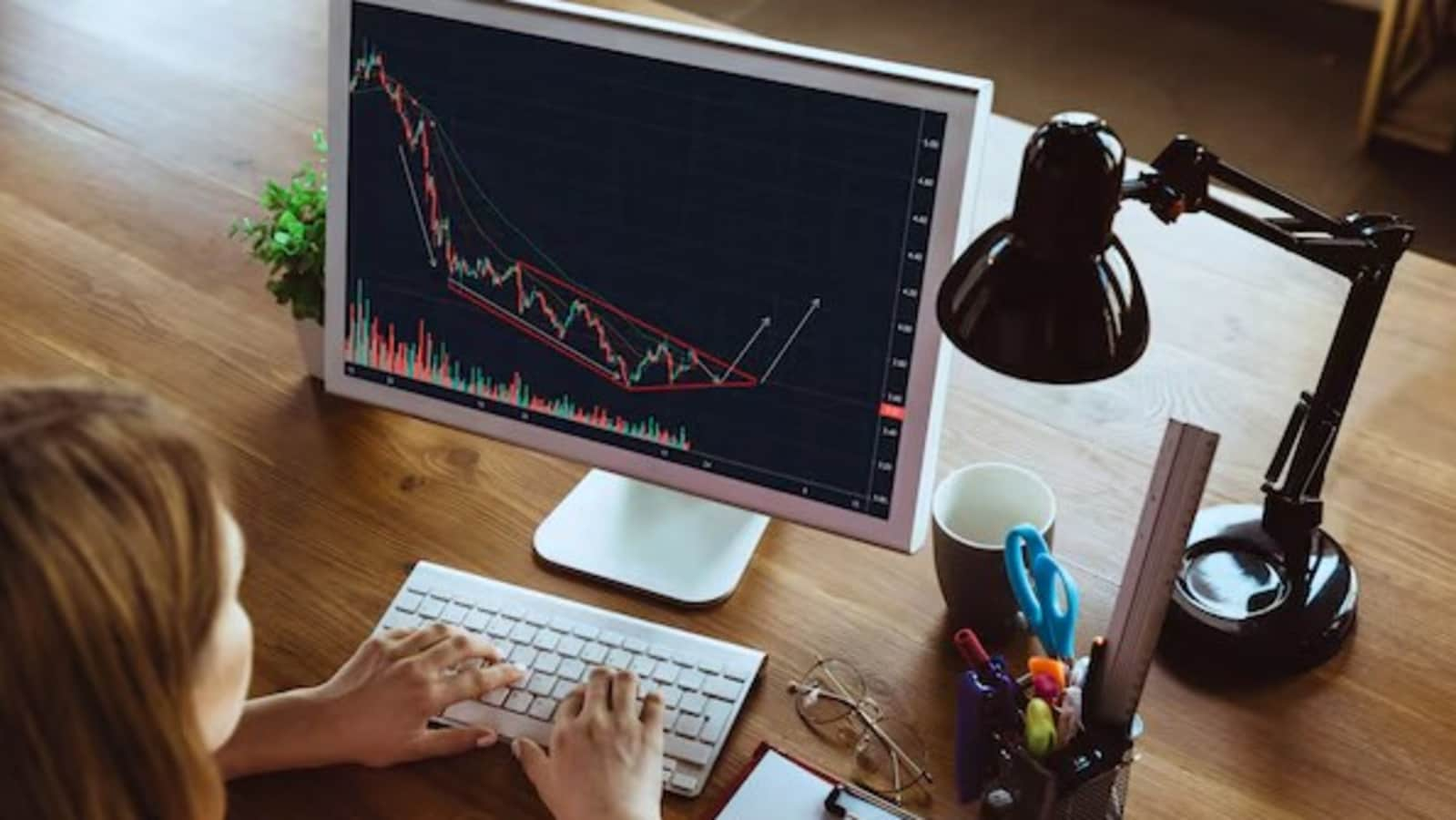Amid escalating tensions in global trade, the U.S. stock market is experiencing significant turbulence. A two-day selloff has left the S&P 500 down more than 17% from its peak, while the Nasdaq Composite has officially entered bear territory after a decline exceeding 20%. Investors are bracing for a critical week ahead, marked by the impending tariff deadline, inflation data, and major bank earnings reports.
Market Reaction to Tariff Announcements
The recent volatility in U.S. markets has been largely attributed to President Donald Trump‘s sweeping import tariffs, which have rattled investor confidence. With the S&P 500 facing its steepest weekly decline since March 2020, the Dow Jones Industrial Average also saw a significant drop, finishing the week down over 10% from its December high.
- Key Market Data:
- S&P 500: Down 17% from the February 19 peak.
- Nasdaq: Confirmed bear market status.
- Dow Jones: Over 10% decline from December high.
Uncertainty Amid Tariff Tensions
Investors are now looking for clues that the stock market may be approaching a short-term recovery. The looming April 9 deadline for Trump’s tariffs has created a climate of anxiety, with many fearing a potential global recession. Jeffrey Palma, head of multi-asset solutions at Cohen & Steers, commented on the prevailing uncertainty: “The playbook on this is very unclear for everybody,” highlighting the unpredictability of retaliatory measures.
The fallout from the tariffs has been staggering, with approximately $5 trillion wiped off the market value of S&P 500 companies in just two days, according to LSEG data. Market experts warn that this sharp downturn could undermine consumer and business confidence, leading to reduced economic activity.
Escalating Trade Conflict
The trade conflict intensified further as China retaliated with additional tariffs on U.S. goods, raising concerns about prolonged economic disruption. Analysts at JPMorgan have increased the likelihood of a global downturn, now estimating a 60% chance of recession this year, up from 40% previously.
Despite the grim outlook, some investors remain hopeful that potential negotiations could lead to a rollback of some tariffs. However, industry insiders, including Citi strategist Scott Chronert, caution that “the window is shrinking,” suggesting that damage to economic sentiment may already have been inflicted.
Bearish Market Sentiment
Investor anxiety is at an all-time high, as evidenced by the Cboe Volatility Index, which recently hit its highest closing level since April 2020. Additionally, bearish sentiment among individual investors reached 61.9%, the highest since the 2008 financial crisis.
With the upcoming quarterly earnings reports, market watchers are cautious about financial forecasts. The S&P 500 is projected to see a 7.8% increase in earnings for the first quarter, according to LSEG IBES. Major banks, including JPMorgan and Wells Fargo, are set to report earnings on April 11.
Future Indicators and Economic Impacts
Looking ahead, the consumer price index report due on Thursday is anticipated to shed light on U.S. inflation trends, especially in light of the tariffs that are expected to add further pricing pressures. Following these announcements, investors have begun to factor in potential interest rate cuts by the Federal Reserve, with futures indicating a possibility of 100 basis points of easing this year.
Fed Chair Jerome Powell acknowledged on Friday that the economic consequences of the tariffs are likely to be significant, predicting both higher inflation and slower growth. As the market navigates this tumultuous landscape, experts like Palma stress the importance of stability: “What we really don’t want to see is that starts to create some vicious cycle that destabilizes the financial system.”
In conclusion, as the markets brace for a week filled with economic indicators and corporate earnings, investors remain vigilant, hoping for any positive news that could spark a turnaround amidst the uncertainty.











